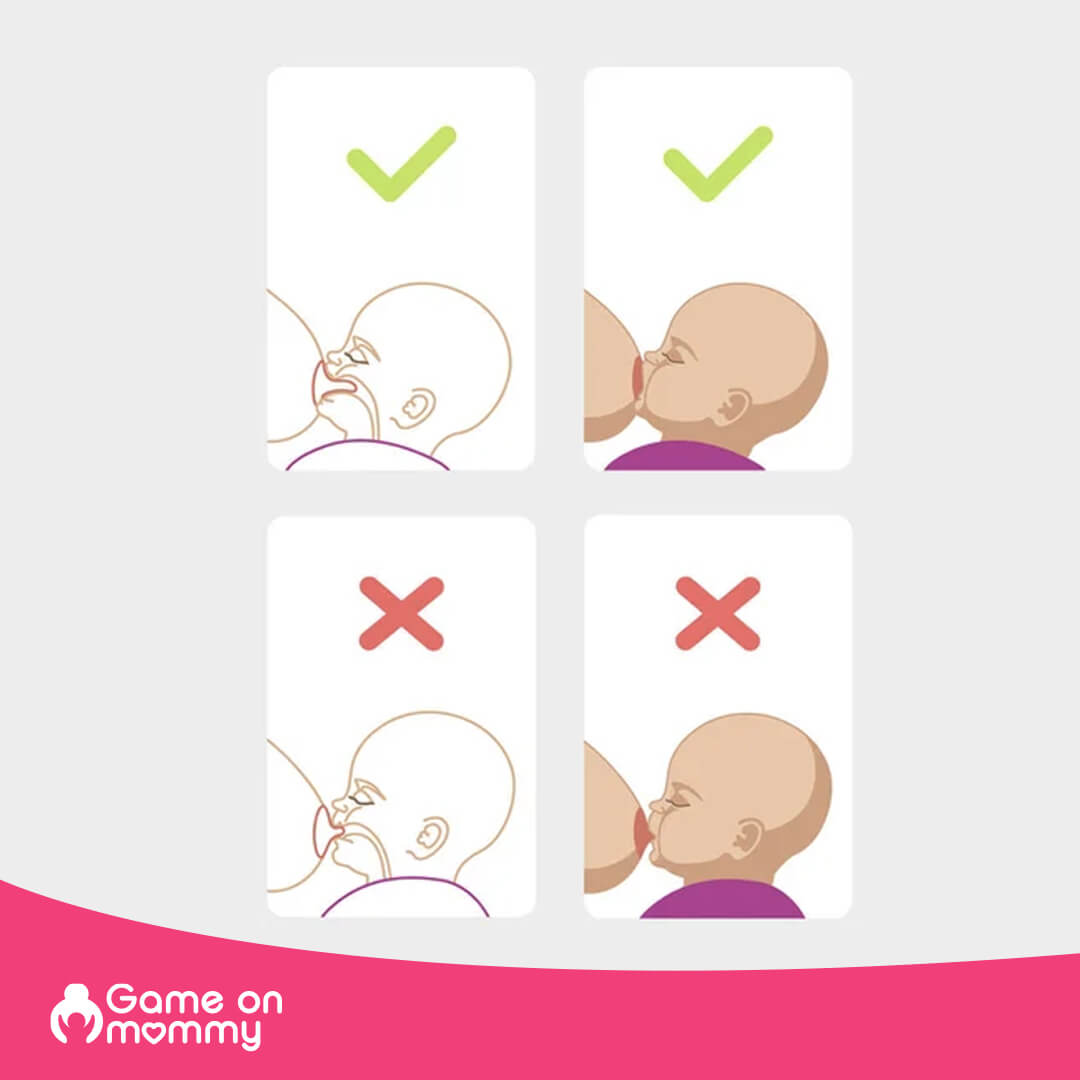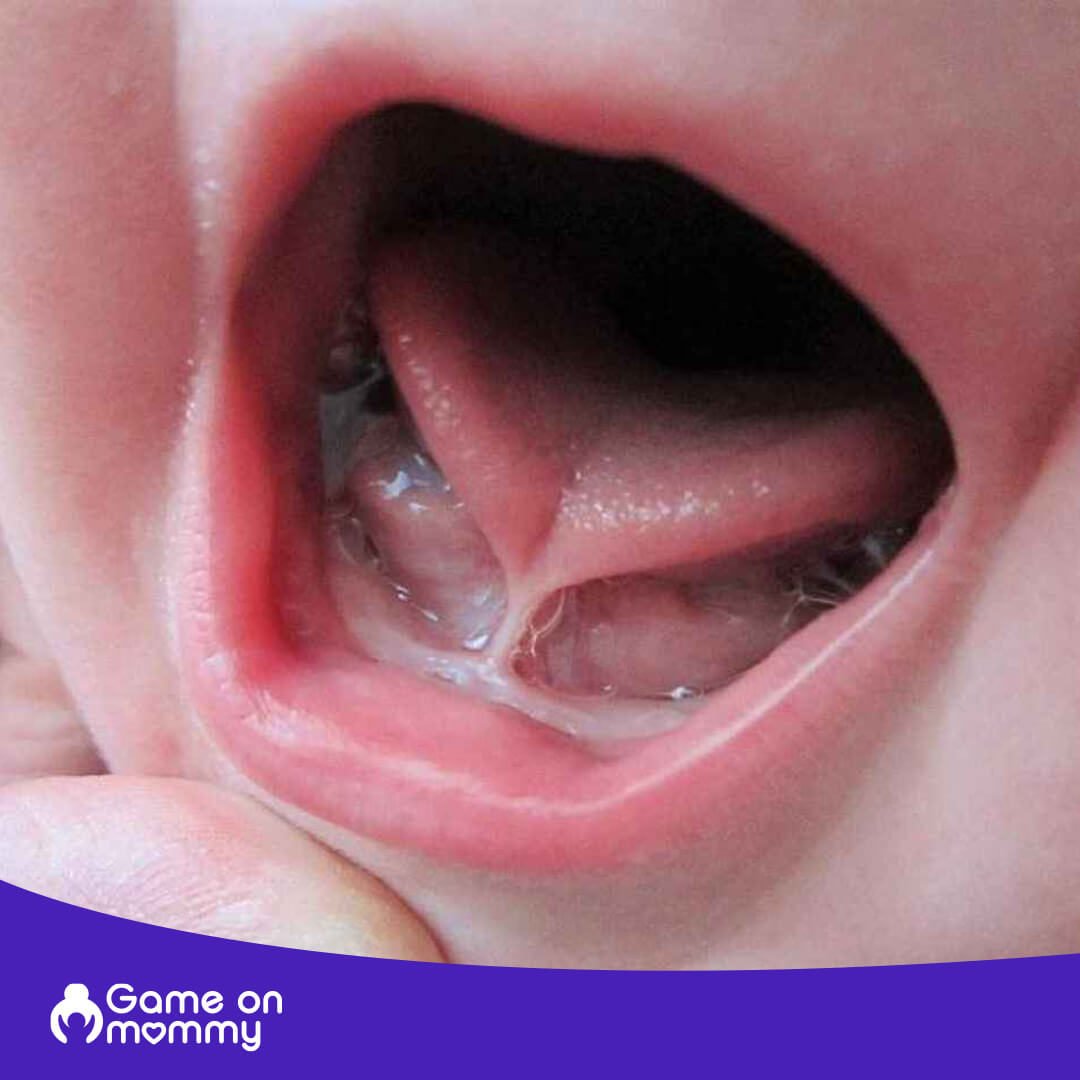Fixing a Shallow Latch
This simple guide to decorate your baby nursery will help you plan and execute the project with ease.

How to Fix a Shallow Latch Breastfeeding?
Correctly latching your baby to your nipples can aid milk flow and prevent sore nipples. Poor latching is one of the reasons for early weaning. The pain you feel on your nipple from shallow latching your baby can affect your commitment to having them fed right out of your breasts.
Shallow latching occurs when the nipples do not get to the back of a baby’s palate. The nipple is instead lodged against the hard palate, causing you pain. The best way to know if your baby isn’t probably latched is through the pain you feel when they suckle. Another tell is your baby’s seemingly insatiable appetite despite feeding all the time.
Are you a big fan of breastfeeding but are now having doubts about pulling it off because every time your baby feeds feels like torture? Do not fret as there is a fix. Read on to find out what you are doing wrong and what you should be doing.
Reasons causing the shallow latch include
Flat or Inverted Nipple

If you have a flat or inverted nipple, you will have to exercise more patience when latching your baby to your nipples. Women with these nipple types speak about having latching problems, and most resulted, to pumping. You could also try a nipple shield if you are opposed to pumping.
Bad Positioning

This is perhaps the most common reason why shallow latching happens. Not correctly positioning your baby can cause them to grip your nipple at awkward angles causing you breastfeeding-quitting pain.
Breastfeeding a baby is more than just placing your nipple in their mouth. There are popular positions you can try to latch your baby onto your nipple correctly. Pick one that suits you and your baby.
Premature babies

Babies born prematurely are often immature in the way they latch onto your nipple. Premature babies did not spend the required time in the womb; thus, they still have some growing to do outside.
The situation can be stressful; the babies are in dire need of the milk, but they aren’t intelligent enough to suck correctly. You will find that they have a weak suck or latch until they grow bigger.
Tongue-tied

Tongue-tie is a disorder in the mouth caused by the frenulum’s malformation; that is, the tissue that connects the tongue to the bottom of the mouth.
It is not uncommon that babies suffer from tongue ties. Babies who suffer from tongue ties are physically unable to latch onto your nipples properly because they use their tongue to draw your nipple and areola into their mouth.
No matter the effort your baby makes to open their mouth, a tied tongue would make that difficult, and they’ll end up shallow latching to your breast.
Ways to Correct Shallow Latching
Shallow latching is a problem that can be fixed. Once you’ve identified what is causing your baby to shallow latch to your breasts, try one of these fixes for a blissful breastfeeding experience.
Skin-to-skin
Skin-to-skin contact is a fix for shallow latching. For one, it aids milk flow. If you have an irregular let-down of milk, it can cause your baby to move its mouth around. Even if the baby was properly latched to your breasts at first, the situation could change, leaving your baby latched improperly. Skin contact with your baby aids milk flow and keeps them from moving their mouth around.
Skin contact during breastfeeding also means you are keeping your baby as close to yourself as possible. Proximity improves your chances of getting the baby latched adequately and keeping the situation that way until they are at least done breastfeeding.
Find a good position
Your baby should be positioned right to up the chances of being correctly latched. Make sure you and your baby take a comfortable position before allowing them to suckle on your breast. If you both aren’t comfortable and end up in bad postures, you might end up with a sore nipple.
Some of the positions you can take to prevent shallow latching are the cradle position, the football hold, and the side-lying position. The side-lying position might require you to support your baby with a pillow to get them up to your nipple’s level.
Getting a baby's mouth wide open
If your baby cannot open up their mouth widely, they will have problems latching onto your breast correctly. Hold your nipple close to your baby’s mouth. Touch their upper lip with your nipple to urge them to open up their mouth.
As identified earlier, a tied tongue is one reason your baby might not open its mouth widely. If this is your diagnosis, reach out to your doctor and lactation consultant right away. Your lactation consultant can help you figure out if your diagnosis is correct by going through the different breastfeeding techniques you’ve tried with you.
Your lactation consultant will also suggest new strategies you should so your baby can feed in the time when you figure if there is a problem that needs solving.
Suppose your doctor confirms that your baby’s tongue is indeed tied due to a deformity. A surgical procedure could be suggested. The surgical procedure would be a minor one and is usually quick and straightforward.
Sandwich technique
Encourage your baby to suckle on your breast by holding your breast in a way that suggests you are offering it. This technique is called the sandwich technique because you would be sandwiching your breast in your palm and pushing it towards your baby’s face.
To paint a vivid picture, imagine holding your breast in a ‘C’ way. Doing so makes the areola and nipple look smaller and more comfortable to gulp. When your baby takes your breast in their mouth, it will be easier for them to suckle and less painful for you to feed them.
Bottom Line
A shallow latch is downright painful. However, it is easy to correct once you spot what is responsible for it. Ensure you are doing everything right before latching your baby onto your breast.
More For You!
Game On Mommy
© Copyright 2023 by Gameonmommy.com. All rights reserved. We are a participant in the Amazon Services LLC Associates Program, an affiliate advertising program designed to provide a means for us to earn fees by linking to Amazon.com and affiliated sites.




